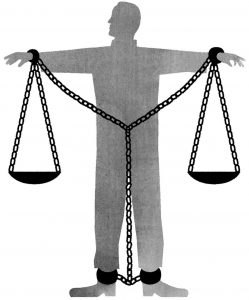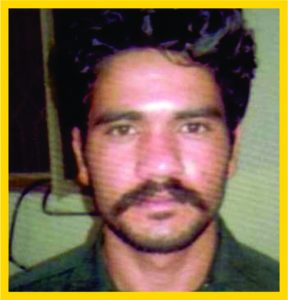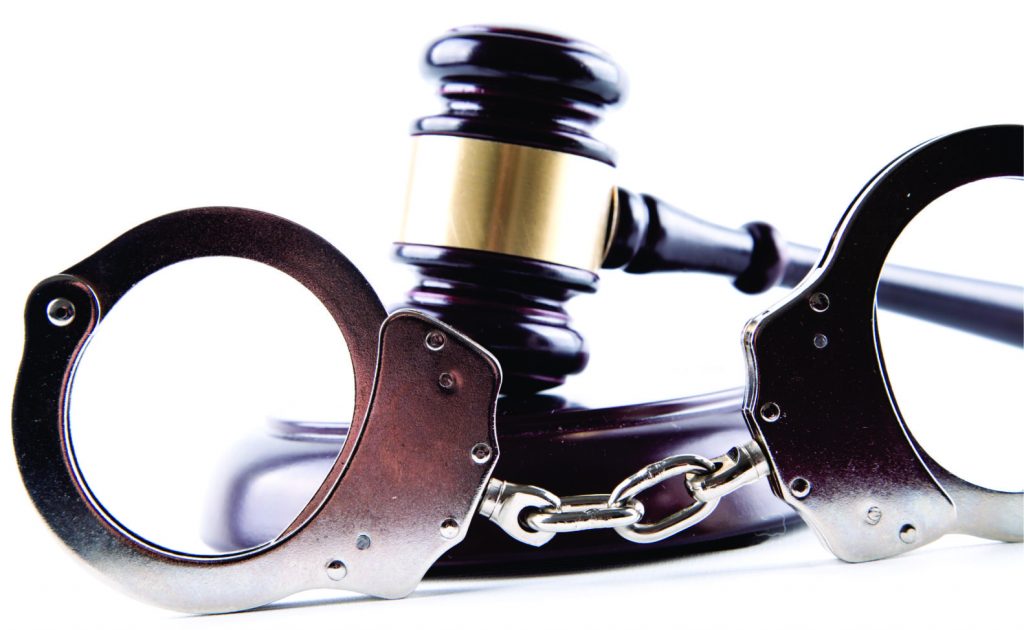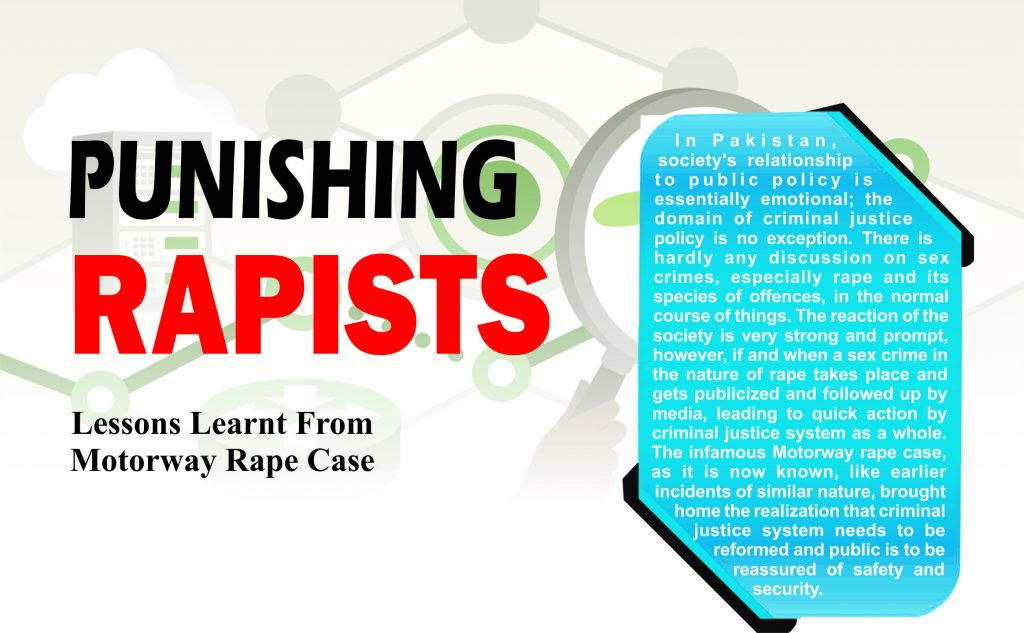PUNISHING RAPISTS
Lessons Learnt From Motorway Rape Case
On aggressive media outcry, all the components of the criminal justice system responded to the case. The unsecured space of the newly-developed motorway – that was not being policed earlier – was secured overnight and all the bureaucratic wrangling on its legalese came to an abrupt end. Provincial police, i.e. the Punjab Police, secured the crime scene and highly trained staff of the Punjab Forensic Science Agency collected the evidence. The police-prosecution cooperation that is now the bedrock of successful prosecutions was noticeable right at the outset. The media complied with the guidelines on gender-based violence cases and kept the confidentiality of the victim intact. The judge administered the case professionally and interpreted the law stringently, and believed and weighed favourably the efforts undertaken by police, prosecution, forensic experts and medico-legal staff. The criminal justice system, in this case at least, came to the fore to support the ‘rule of law’ paradigm and evinced best of it. With all these positive sides, the case left much to be desired. For example, the use of offence of ‘kidnapping for ransom’ to attract the jurisdiction of the anti-terrorism court is likely to get attacked further in appeal process and during the pending confirmation of the murder reference as the sentencing has ended up in imposing death sentences. Nevertheless, the case may be used as a template for future investigations, prosecutions and adjudications by trying to draw workable lessons from it. In this behalf, the following points merit consideration:
 First, the team spirit between the government agencies like police, prosecution, doctors, forensic experts and home department should be cemented further as no state case can be worked out without the synergy of all these agencies. More often than not, the standard way in public sector is to work at cross purposes; this invariably brings the most prominent and visible agency, i.e. police, into disrepute and an unending blame game. Government should, besides constituting joint investigation teams, consider establishing joint management teams in such cases with treating them in a manner that all team members should know that they will rise and fall together.
First, the team spirit between the government agencies like police, prosecution, doctors, forensic experts and home department should be cemented further as no state case can be worked out without the synergy of all these agencies. More often than not, the standard way in public sector is to work at cross purposes; this invariably brings the most prominent and visible agency, i.e. police, into disrepute and an unending blame game. Government should, besides constituting joint investigation teams, consider establishing joint management teams in such cases with treating them in a manner that all team members should know that they will rise and fall together.
Second, the media must be applauded for voluntarily abiding by the guidelines and the law on confidentiality of the victim. In return, media should also credit the police, first responders, senior police, health and home department leadership for working together and assigning a pseudonym and invoking witness-protection law at the very outset to ensure that confidentiality of the victim’s name is fully guarded.
Third, the judge using his vast powers under the Code of Criminal Procedure allowed that the victim’s identity and medical evidence are weighed heavily on the strength of the statement of the medico-legal officer. This was a great support and was mustered by applying the same legal framework that is considered archaic and that is seldom put to use. By using the ages-old technique of interpretation of law, the judge extended all the support that is required in such cases.
 Fourth, the role of prosecution as a coordinator between different public-sector agencies is inbuilt in this case. The prosecutor advises police and being a law officer of the court can advise, at the same time, all other government agencies to work in tandem. The potential of the prosecution department should be fully explored.
Fourth, the role of prosecution as a coordinator between different public-sector agencies is inbuilt in this case. The prosecutor advises police and being a law officer of the court can advise, at the same time, all other government agencies to work in tandem. The potential of the prosecution department should be fully explored.
Fifth, the case was completed in record time. Due process was adhered to by granting right to defence to the accused. The administrative powers of judges should further be strengthened enabling them to manage pretrial and trial proceedings effectively.
Sixth, the government needs to invest heavily in medico-legal machinery, which is as important as police and forensics. Convictions and maximum punishments could not have been secured without professional collection of medico-legal evidence. Unfortunately, the academia in medicine and law do not work closely enough to foster an inter-disciplinary discourse, and mutual cooperation in working to improve the conditions of medico-legal profession is almost totally absent.
Seventh, the use of information technology was pivotal in this case in more than one way. Initially, it helped in the biggest breakthrough of the case, i.e. identifying the accused. In a blind case having similar set of circumstances, the rate of success is not very high. In the instant case, the mobile data became the basic tool of investigation. It helped in connecting the dots through mobile locations, connected mobile numbers and identifying registered user and actual user of the SIMs being used in the mobiles of the identified accused. In addition, the digitalization drive of criminal data of the Punjab championed by many police officers yielded results as the main accused was a repeat offender and had criminal record that helped maximize the information on the accused.
Eighth point is not a lesson learnt from the case, but is an observation that may be treated as a recommendation for cases of such nature in future. The female police and prosecutors must be included in solving the case as the law requires so and there is increasing participation of female police officers in police organizations. This would further safeguard the dignity of the victim and will enable female officers in mainstreaming their roles towards more important positions within the police organizations.
Lastly, there is a need to archive successful cases and to educate the public at large that despite serious holes in the country’s justice system, the societal and governmental wills can together bring in the desired results. National security is as much endogenous as exogenous, and investing in criminal justice system can contribute towards much required peace and security in all parts of Pakistan.
 The author is an independent researcher
The author is an independent researcher
and has done his BCL from the
University of Oxford.
Email: kamranadilpsp@gmail.com
 Jahangir's World Times First Comprehensive Magazine for students/teachers of competitive exams and general readers as well.
Jahangir's World Times First Comprehensive Magazine for students/teachers of competitive exams and general readers as well.



